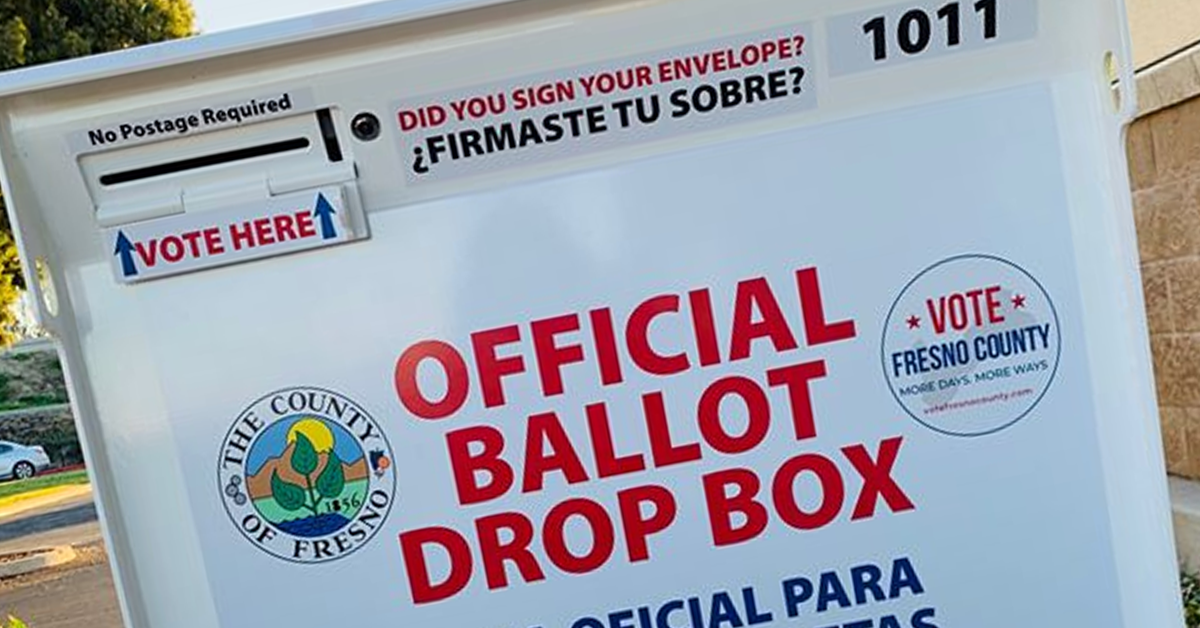Mayor Lee Brand on Wednesday announced the launch of Fresno’s new Rental Housing Registry.
Council members on Thursday will get a detailed review of the work being done by the planning department’s Anti-Slum Enforcement Team.
Top city officials in the coming weeks will unveil further implementation strategies for the Mayor’s Rental Housing Improvement Act.
All three events are part of a long, complex and always controversial effort by City Hall to do something positive about the state of Fresno’s neighborhoods.
How to make sense of it all? Perhaps we need to recall the wisdom of George F. Kennan.
First things first – the news conference at City Hall.
The Rental Housing Registry will be a city-run online listing of Fresno’s rental residential properties. The city has tens of thousands of rental units – large apartment complexes, small apartment complexes, duplexes, triplexes, fourplexes, single-family houses. You name it in the world of rentals, we’ve got it.
The registry is key to starting an inspection program. City Hall wants to make sure the rental housing stock meets muni code standards. You can’t know what to inspect if you don’t know it exists.
Needless to say, there are lots of rules to this registry business. For example, rental units subject to periodic inspections by other government agencies (think Fresno Housing Authority) are exempt. New (and relatively new) apartment complexes are, too. And if you’re charging rent to that boomerang 29-year-old son of yours to sleep in his childhood bedroom, well, City Hall doesn’t care (except, maybe, to suggest a tour of duty in the army for the young man).
City officials on Wednesday handed out to reporters a Q-and-A missive that ran to two pages, single-spaced. The Q&A included a link to the city website with even more info (www.fresno.gov/rentalhousing). Needless to say, the city will wield a big stick if property owners/property managers fail to comply.
The Mayor’s main point for the general public was simple: The registry ushers in a new era for the regulation of Fresno’s housing.
“This is a significant step forward in the effort to improve Fresno’s housing stock through the Rental Housing Improvement Act,” Brand said. “By proactively identifying substandard housing violations and ensuring (that) rental housing meets minimum health and safety standards, we will collectively safeguard and improve the housing stock of decent, safe and sanitary residential rental units within our community.”
The city’s website gives details on upcoming workshops to get property owners up to speed.
Then comes Thursday’s City Council meeting. The Anti-Slum Enforcement Team is called ASET, for short. As you recall, it was the brainchild in late 2016 (the final days of the Ashley Swearengin Administration) of Council Members Steve Brandau and Clint Olivier.
Here’s how the city website describes ASET: “The Anti-Slum Enforcement Team is dedicated to battling urban blight and improving the lives of City residents by encouraging voluntary code compliance and initiating legal proceedings focusing on the worst violators of housing health and safety laws. ASET will seek to obtain compliance through intensive and focused code enforcement efforts, including expedited and (thorough) civil litigation and potentially criminal prosecution of the worst offenders, but not burdening property owners who are complying with the law and providing safe and habitable housing. The mission of ASET is to increase the stock of habitable rental housing by pursuing violators to obtain code compliance.”
The Mayor’s registry and the special code enforcement system it supports are new. ASET, on the other hand, has some months of real-world action under its belt. The council on Thursday will learn exactly what that action entails.
City Manager Wilma Quan-Schecter and City Attorney Doug Sloan produced for the council a five-page report on ASET production in the fourth quarter of 2017. It’s an amazing report.
ASET, they write, “is pursuing egregious violators with maximum fines, reimbursements, attorney fees, and other remedies such as receiverships…. ASET has successfully pursued compliance of approximately 4,200 violations in over 450 units. Currently, another 3,700 violations are being pursued in 320 units as part of active ASET cases.”
If I recall correctly the Brandau-Olivier news conference that unveiled the concept, ASET is triggered primarily in two ways: Someone contacts City Hall with what proves to be a serious code-enforcement beef; the city’s code enforcement folks, through their own investigation, uncover a significant code-enforcement problem.
The Quan-Schecter/Sloan report includes a dozen or so case summaries.
For example, a vacant five-unit complex in the 4800 block of East University Avenue was a haven for squatters. ASET got the court to appoint a receiver in December.
A 12-unit complex (partially occupied) in the 4200 block of East Olive Avenue was falling apart. The cops got repeated calls for service. The city found 548 code violations. Major renovations are now underway.
A big condo complex in the 4900 block of North Holt Avenue had more troubles than the city could count (the report lists the number of violations simply as “750+”). The homeowners association agreed to fix things. City Hall was paid $20,000.
“At this time,” the Quan-Schecter/Sloan report concludes, “the needs of ASET are being met, with sufficient resources to handle the current work load. This issue may need to be revisited if the Rental Housing Improvement Program results in a high volume of cases being referred based on its proactive inspection program.”
What’s all this got to do with George F. Kennan? From a strategic and operational standpoint, Mayor Brand (and Mayor Swearengin before him) is grappling – on a much smaller scale, of course – with the same dilemmas that confronted Kennan when was helping craft geopolitical policy for President Truman some 70 years ago.
Kennan, you will recall, was a pivotal diplomat/policy expert in the middle third of the 20th century. He is generally credited with coming up with the broad outlines of America’s containment strategy in the early years of the Cold War with the Soviet Union.
Kennan said America could employ a “perimeter” defense or a “strongpoint” defense.
John Lewis Gaddis, a much-honored Kennan biographer, wrote in “Strategies of Containment: “A ‘perimeter’ defense would have required readiness to act along its entire extent, whether local conditions favored resistance or not. The ‘strongpoint’ concept permitted concentration on areas that were both defensible and vital, without worrying too much about the rest.”
The pursuit of perfect justice would dictate that America spend its scarce resources on a perimeter defense that would halt the spread of the communist cancer wherever it threatened defenseless people. But that strategy would spread American resources so thin that total defeat might follow. Better to deploy American resources on the protection of vital interests, then trust to time to secure the rest of the world.
In other words, don’t let perfection be the enemy of good.
How is Fresno to contain, and then defeat, the cancer that is neighborhood blight and decay?
ASET as designed by Brandau and Olivier makes a lot of sense from a Kennanesque “strongpoint” view. City Hall isn’t swimming in money, but it does have considerable resources. Tenant complaints and the proactive efforts of code enforcement officers are an excellent way of identifying vital spots to fix. Stabilize the situation, then use incremental success to build overwhelming momentum.
Based on my reading, the Quan-Schecter/Sloan report paints just such a picture.
But just as in Kennan’s heyday, bitter politics prevent Brand (and Swearengin before him) from simply ordering such a strategy and leaving it at that. Community activists for years have insisted that City Hall employ a perimeter-like defense when combating residential-neighborhood blight. City Hall must use its policing power to ensure that every resident in Fresno has housing that complies with code at all times. After all, equality is equality. Justice delayed is justice denied.
Toward that end, some activists champion an inspection program that is all encompassing and quite expensive. This demand was heard loud and often in the wake of the November 2015 Summerset Village Apartments crisis.
The activists’ preferred inspection program is still lurking out there. It still has strong support in powerful quarters.
Brand must come up with an inspection program that does good. It must take the wind out of the activists’ sails. It must avoid alienating the property-owner/landlord sector.
Brand can’t afford to overspend on code enforcement. He doesn’t want to use City Hall’s coercive powers to wring vast sums out of law-abiding property owners. He wants slumlords punished and reformed. He wants the solid housing that helps create solid neighborhoods.
The Rental Housing Registry and ASET are interlocking pieces in the Mayor’s much larger containment strategy.
This Cold War, however, is far from over.







